The launch of Lowe’s One Roof Media Network is just another sign that first-party data is the future of business.
A home improvement retailer in the advertising business? Last week, Lowe’s announced One Roof Media Network, the company’s advertising platform using its own digital channels as real estate. Starting in 2022, partner brands will be able to take advantage of prime placement on Lowes.com and the Lowe’s mobile app, as well as sponsor content on Lowe’s social media channels and website.
It might seem like a move out of left field, but America’s biggest retail brand might actually have something. On first glance, Lowe’s One Roof Media Network seems to have taken a page out of Mark Zuckerberg’s playbook, applying similar principles to launch an ad platform using the Lowe’s ecosystem.
A Data-First Business
Facebook started as a social network, but today, ads drive the tech company’s $29 billion net revenue. And while Zuck already has his sights elsewhere, whether Facebook stays in the ads business or goes for metaverse domination doesn’t really matter. What matters is that Facebook’s vast amounts of user data will fuel its business for years to come. As long as it can continue acquiring data, it has a good chance to pivot whichever direction it wants.
Facebook isn’t an ad company — it’s a data company. After all, it was Facebook’s data collection that made its pivot to advertising possible in the first place. What started as a business line for Facebook is now what drives the majority of its revenue.
A Brick-and-Mortar Business Building with Digital Assets
As for Lowe’s, there’s no doubt that the retail giant has egregious amounts of first-party data on its customers. Yet its success will depend on how it leverages that data — and if it has analyzed the right data for the results marketers expect to see.
Whether this pivot by Lowe’s works or not remains to be seen. Yet the more interesting takeaway is that its move is a visible marker of the digital transformation’s effect on the “non-tech” sector. It’s fascinating to think that a brick-and-mortar store — one that literally sells bricks and mortar — is launching a new business powered by its digital assets.
Data is no longer a “nice-to-have” for an organization, nor is it a nebulous buzz word thrown around by tech companies perfecting their algorithm and expanding their market share. Collecting first-party data is table stakes, and designing a comprehensive data strategy is paramount if you expect to stay in the game.
Preparing for the Next Disruption
At TurnStyle® we talk to many different organizations in various industries, all of which had different experiences as a result of the pandemic. That said, there was a running theme that emerged, no matter the industry: The organizations with a strong data strategy were able to either come out of the pandemic relatively unscathed or pivot quickly enough to weather the storm, drawing from first party data and audience insights.
Knowing this, one can’t help but speculate on the ultimate legacy of today’s most successful companies: Will we even be able to remember all of their business lines, goods and services — or will we instead determine their legacy based on how they acquired first-party data and what they did with it?
[Read: It’s Time for Museums to Start Thinking Less like Nonprofits and More like Businesses]
+++
Follow TurnStyle® on Facebook, LinkedIn, Twitter, Instagram, and YouTube.




